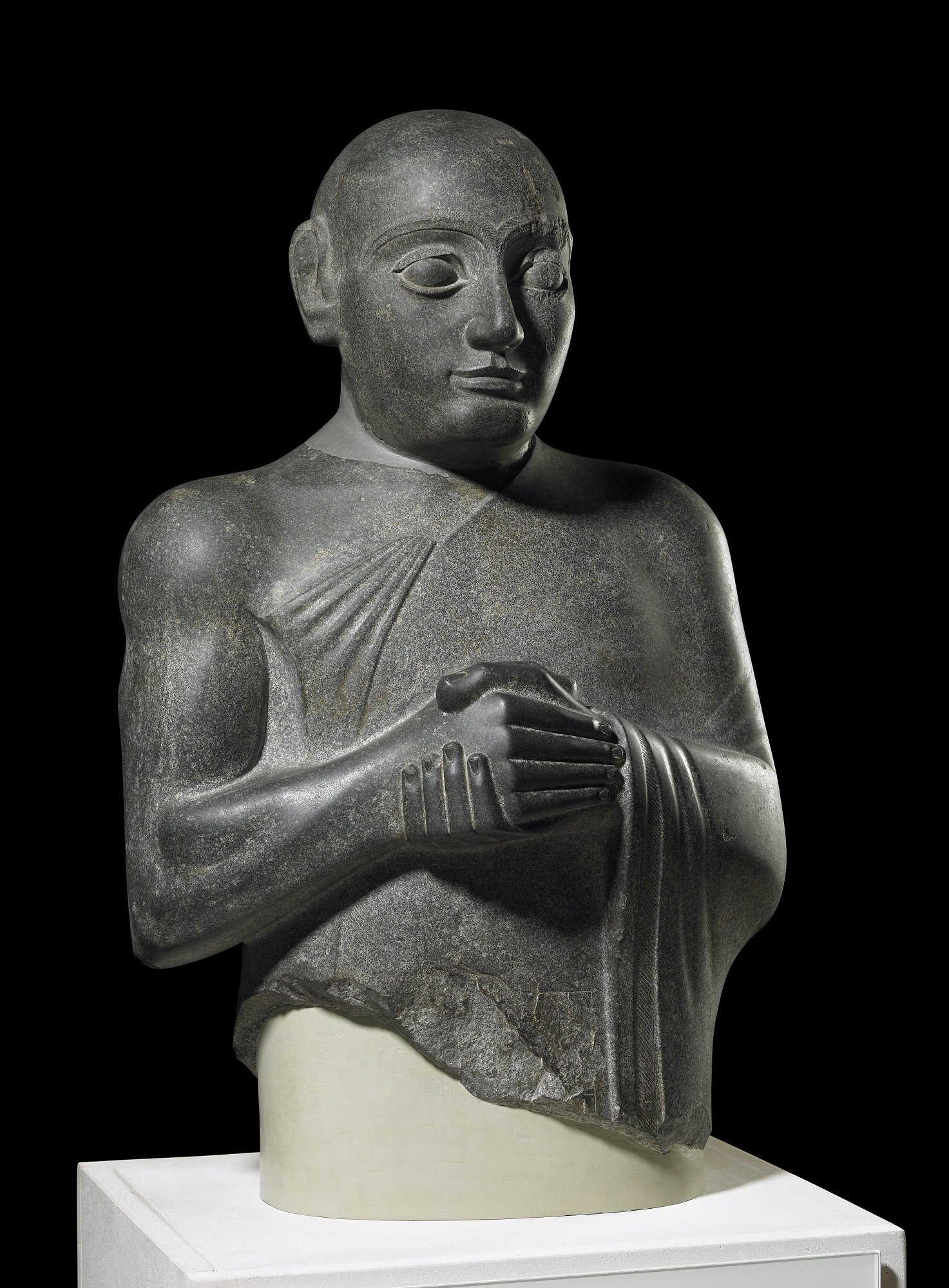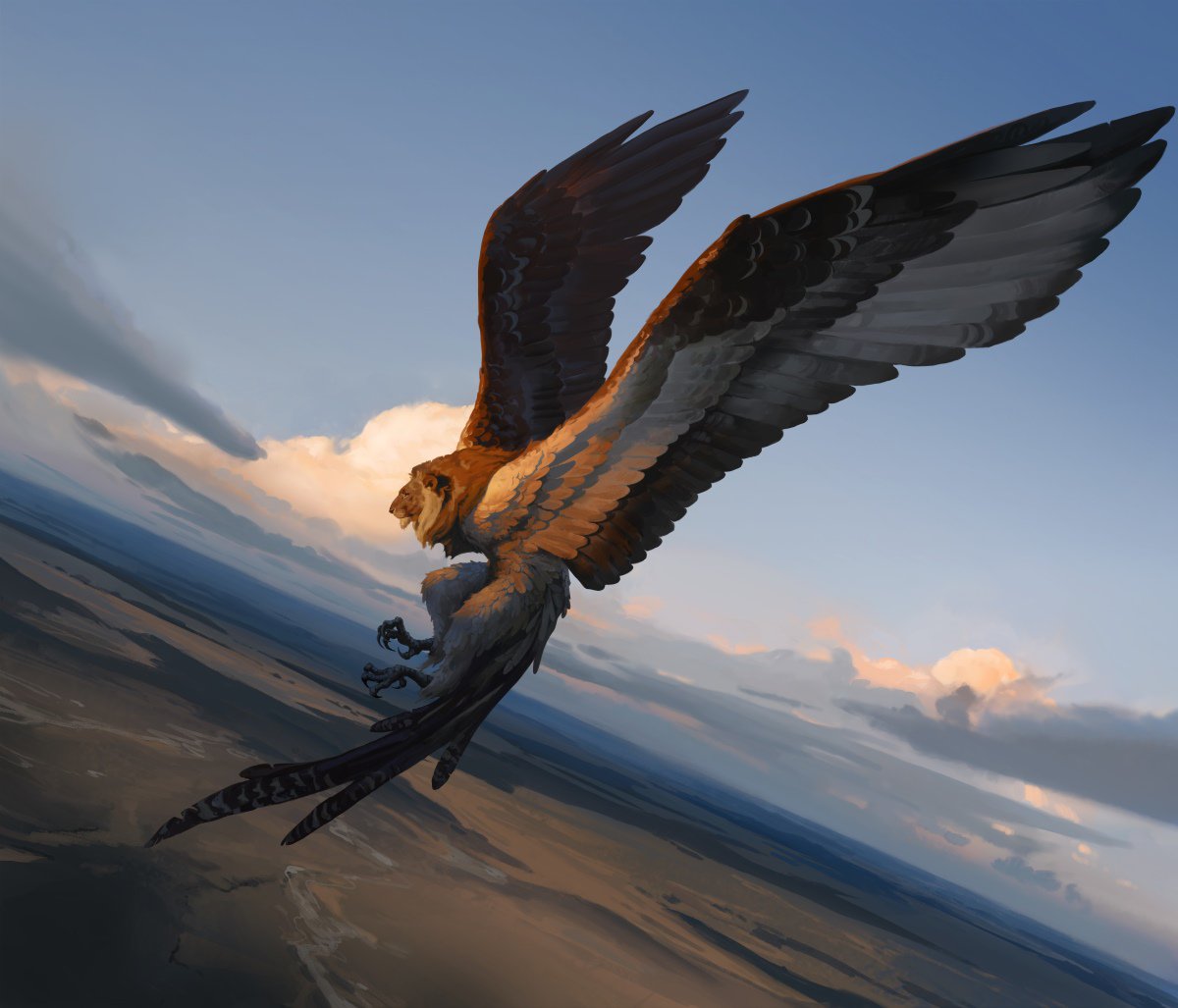Virtual exhibition tour
Other Worlds: The Art of Atomhawk (this is a historic exhibition)
Managed by Tyne & Wear Archives & Museums on behalf of Newcastle University
Take a virtual tour of A British Museum touring exhibition Ancient Iraq: new discoveries. Supported by the Dorset Foundation.
View fullscreen
Click here for the full exhibition text and Standard Arabic translation
Did you know that Ancient Iraq was a place of fantastic firsts?
The first cities grew up here, along with all kinds of incredible (and useful) inventions such as the wheel and schools. The ancient Iraqi people also created irrigation systems to water crops, and divided time into 60-second minutes and 60-minute hours. They came up with perhaps the most important idea of all: writing. And where would we be without that?
Enter this exhibition to uncover two fascinating stories of Ancient Iraq. One is the tale of its earliest cities, from over four thousand years ago. The later story is a turbulent history of changing empires. Secrets of this past continue to be revealed as more fantastic archaeological finds are discovered. These artefacts remain in Iraq. Here, both stories are brought to life through incredible objects from the collections of the British Museum.
These twin tales of Iraq’s rich past come from two sites currently being excavated: Tello, in southern Iraq, and Qalatga Darband, a 10-hour drive north into Iraqi Kurdistan. At both sites, Iraqi and international archaeologists are working together to unearth amazing ancient remains that will be on display in Iraq.
Tello is the site of a 4,000-year-old city called Girsu and home of the world’s oldest surviving bridge. At Qalatga Darband, an ancient fortress built around 2,000 years ago, has been discovered. Both projects are part of the Iraq Emergency Heritage Management Training Scheme where the British Museum is working with the Iraqi State Board of Antiquities and Heritage to train Iraqi archaeologists. They are working to restore this country’s precious past after years of damage and destruction through war and terrorism.
This exhibition is supported by the Dorset Foundation.

Sumer was the world’s first urban civilisation. Sumer lay in the southern tip of a large region called Mesopotamia. This covered most of modern Iraq, north-east Syria and parts of south-east Turkey. The name Mesopotamia comes from a Greek word meaning ‘between the rivers’ and refers to the Tigris and Euphrates rivers which flow through it.
Farmers settled in northern Mesopotamia as early as 8,500 BC, but avoided the south as the land there was too dry. Around 5,000 BC, enterprising people created ways of watering the land and growing healthy crops, and soon more people moved to the south.

Sumerian people believed that their cities belonged to the gods. It was the job of each city’s king to build homes (temples) for them where they could leave offerings of food and drink. Gudea, the king of Girsu, had this statue of himself placed in one of the city’s temples to show that he was always worshipping the gods.
The statue shows Gudea dressed as a priest in long robes, with his head shaven. His hands are held together in an act of worship and his eyes are wide open in praise. It is made of a dark, hard stone called dolerite, which Gudea had specially brought to him from the mountains of modern-day Oman, over one thousand miles away.
The Sumerians believed that Girsu was the home of a heroic god named Ningirsu, and named their city after him. King Gudea claimed that Ningirsu spoke to him in a dream, ordering him to build a temple.
Eager to please the great god, Gudea constructed a magnificent building made of mudbricks and wood, decorated with precious metals. A tower stood on either side of the huge entrance gate. It is this temple that archaeologists have now discovered.

In Sumerian mythology, the hero god Ningirsu is famous for fighting a gigantic lion-headed eagle known as the Thunderbird.
The Thunderbird was a fearsome beast who swept through the air like an enormous storm cloud, creating violent blasts of wind with every beat of its enormous wings. Its body flashed with lightning and its mighty roar was thunder, rumbling across the skies.
One day, the terrible Thunderbird stole the Tablet of Destinies from the supreme god, Enlil, and hid it on a mountaintop. This tablet was extremely powerful: whoever possessed it ruled the universe. Ningirsu was chosen to rescue the precious tablet.
With the help of a magical army of ‘winds’, he tamed the Thunderbird and returned the tablet to its rightful owner. Because of this, the Thunderbird became Ningirsu’s avatar.

Many important discoveries in Ancient Iraq have been made by explorers from here in north-east England. Here are their stories.
William Kennet Loftus (1821-1858)
William Kennet Loftus was educated at the Royal Grammar School, Newcastle, and was a member of the Natural History Society of Northumbria. In 1849 he became one of the first Europeans to visit Iraq, travelling as part of a European commission to settle a border dispute between the Turks and Persians.
In Iraq, Loftus became fascinated by the visible remains of ancient cities, and began to explore the region’s archaeology. He was the first person to excavate at Warka, which turned out to be the site of Uruk, an early Sumerian city and home of the legendary hero Gilgamesh.
Many of his finds went to the British Museum, but he didn’t forget Newcastle and sent a number of objects back to the North East. Plenty of these are still in the collections of the Natural History Society of Northumbria, alongside letters from Loftus, describing his travels in Iraq.
Gertrude Bell (1868-1926)
Born in Washington, County Durham, Gertrude Bell was a leading expert on Iraq. As an explorer, archaeologist and member of the British secret intelligence service, she travelled and worked extensively in the region.
After World War I, Iraq was governed by Britain and Bell helped to draw up plans for Iraqi self-rule. When the country gained its independence, the new King Faisal I appointed Bell his Director of Archaeology.
Bell worked tirelessly for Iraq, setting up a museum in Baghdad and writing a law to keep half of all excavated finds in the country. This was invaluable when it came to one of the biggest Iraqi digs of all – the ancient Sumerian city of Ur. Thanks to Bell, Iraq kept many of its best finds, displayed in the new museum.
Bell knew leading archaeologist, Sir Leonard Woolley and had met with him at Ur. He also had a north-east connection: his first major excavation had been the Roman site of Corbridge in Northumberland.
Click on the links below to take another virtual tour.
Other Worlds: The Art of Atomhawk (this is a historic exhibition)
Ice Age to Iron Age (family friendly)
Biology store
Ethnography store
Ice Age to Iron Age